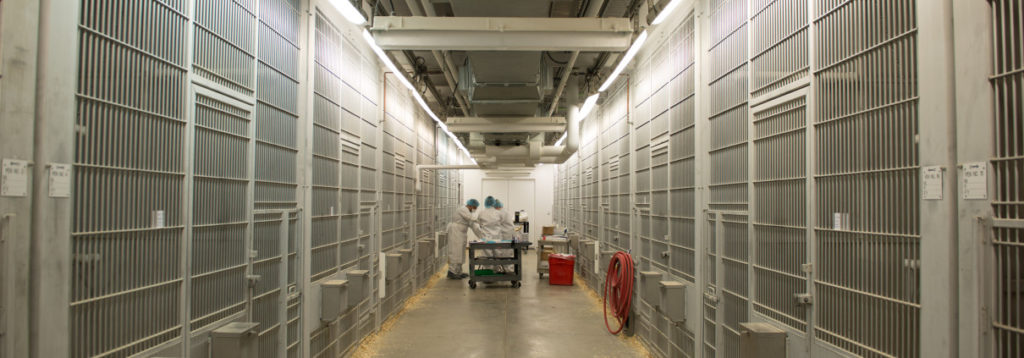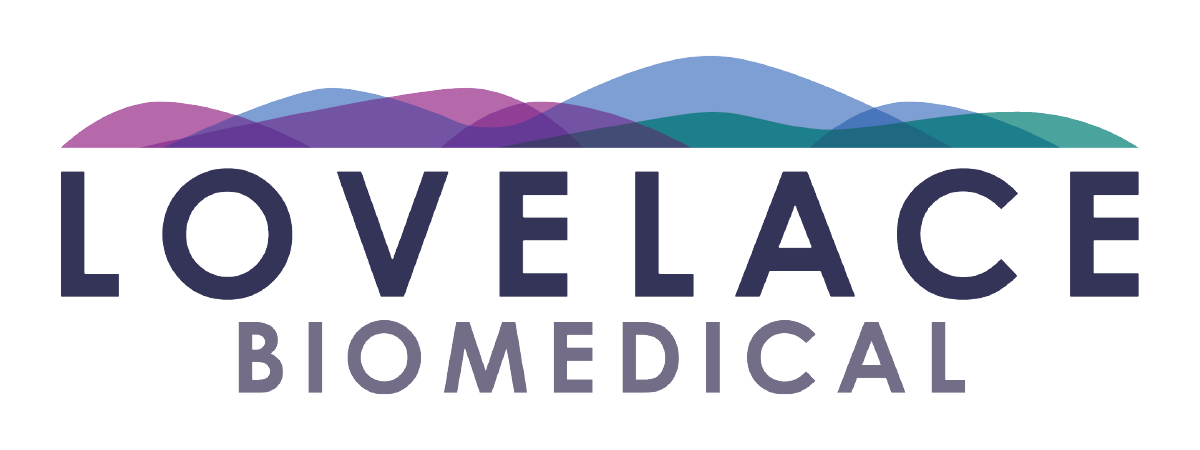In the United States, laboratory animal research requirements are defined by a combination of the Animal Welfare Act Regulations (AWAR), PHS Policy, and the performance standards promulgated in The Guide to the Care and Use of Laboratory Animals or its agricultural counterpart. While The Guide is in use by numerous academic and biomedical research institutions worldwide (in over 41 countries) under the auspices of The Association for Assessment and Accreditation of Laboratory Animal Care International (AAALAC; an organization with voluntary membership whose mission is to advance responsible animal care and use), standards such as ETS 123 (The European Convention for the Protection of Vertebrate Animals used for Experimental and Other Scientific Purposes) are applicable only to European Union member states that have ratified the convention and their associated institutions.

In an age of globalization and international cooperation in biomedical research, this can present challenges to organizations working across those lines – particularly when it comes to the infrastructure required for supporting animal studies. For example, consider the housing requirements for a 3-year old, 3.5kg rhesus macaque:

While all the standards referenced above detail the requirement for animals to be allowed to express species-appropriate behavior and postural changes irrespective of their minimum cage size; ETS-123 places a greater emphasis on cage height (see red highlight above). This requirement was a nod to the arboreal nature of many primate species who, when frightened, may seek refuge in trees or vertical surfaces or adjust their height in order to feel more secure.
This can create a number of unanticipated technical challenges in a traditional animal facility. For instance, the average facility door is 84” x 42”, or about 2.1m tall. When you add waste pans, casters, and other support equipment to an animal enclosure with an internal height of 1.8m, one might see how transporting caging in and out of animal rooms for cage washing and service might become difficult. Given the footprint of such cages and the amount ofvertical space they afford, traditional animal rooms cannot accommodate the same housing density afforded by AWA and Guide-friendly caging that allows for over-under housing. This increases the expense associated with caring for study animals.
What’s the solution…?
Improve the quality of the animal housing environment, animal welfare, animal health, and study data by creating more naturalistic group-housing scenarios that allow healthy, socially-housed animals to participate in studies while remaining housed in a social setting.
Lovelace has multiple kennels that offer nonhuman primate housing consistent with ETS 123 standards. For example, one of these kennels has up to 24 large indoor-outdoor runs (each approx. 27m3, with a similar volume of outdoor space) which enable us to accommodate multiple social groups, each with up to 3m of vertical space – far in excess of the ETS 123 requirements. Depending on the age, gender, social compatibility of the animals, and study requirements, 200-300 nonhuman primates can be housed in this manner in one such kennel. The buildings are configurable as indoor-outdoor or strictly indoor and are environmentally controlled with cooling, humidification, and heating – including outdoor supplemental overhead heating for the cooler months. Considering that Lovelace has multiple similarly configured kennels, we can house up to 600-800 primates in this manner.
The use of behavioral modification, conditioning, and positive reinforcement when combined with engineering controls (e.g., tunnel transfer, primate restraint chairs, etc.) allow animals to be successfully accessed for animal care and use committee-approved studies and medical care, while remaining housed in a socially enriched environment that allows them to express species-typical behavior. Our exemplary environmental enrichment and behavioral management programs exceed industry requirements and have allowed us to successfully conduct such studies in the past.
Lovelace is well-positioned and has the necessary “in-house” expertise to provide the biomedical research industry with the capability to conduct nonhuman primate studies under ETS 123-friendly compliant conditions right here in the U.S. using this approach, and is emerging as a domestic industry-leader in this arena.
Charles Andrew Matchett, DVM, DACLAM, serves as Attending Veterinarian at Lovelace Biomedical. He holds an undergraduate degree in microbiology from the University of Maryland and received his veterinary degree from Tufts University. He has over 14 years of veterinary experience including 8 years at Lovelace. Dr. Matchett completed a residency in laboratory animal medicine at the Emory University School of Medicine and the Yerkes National Primate Research Center and is a Diplomate of the American College of Laboratory Animal Medicine. He worked at the Mannheimer Foundation in South Florida prior to joining Lovelace. Dr. Matchett attends national and local veterinary and laboratory animal science meetings, has authored numerous papers in peer-reviewed journals, and is a coauthor on CRC Press’ The Laboratory Ferret.

